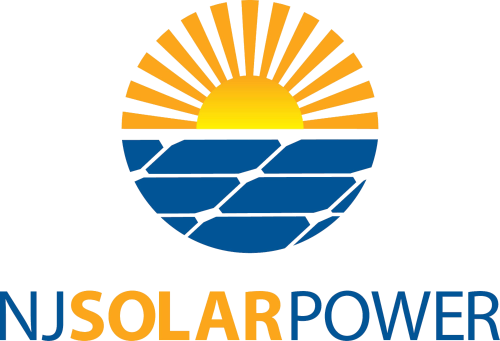Going solar doesn’t have to break the bank! Solar incentives and financing can make your installation more affordable and help you get the most out of your investment in solar panels.
NJ Solar Power offers flexible financing options and incentive guidance to make sure you get the best deal on solar. We install high-quality solar energy systems at a fair price and have helped thousands of homeowners switch to solar.
Flexible Financing for Residential Solar Panels
There are a few ways to finance your home solar installation. We recommend a cash payment or solar loan, both of which allow you to own your solar panels and benefit from incentives. Many solar companies will push you to lease your solar panels, but doing so eliminates incentives for you. When you lease solar, you will not own the system or be eligible to receive incentives, significantly reducing your overall savings and profit.
| Cash | Solar Loan | Solar Lease | Power Purchase Agreement | |
|---|---|---|---|---|
| Own Your Solar |
✓ | ✓ | X | X |
| 30% Solar Tax Credit |
✓ | ✓ | X | X |
| Net Metering | ✓ | ✓ | ✓ | ✓ |
| SRECs | ✓ | ✓ | X | X |
| Easy Monthly Payments | X | ✓ | ✓ | ✓ |
| $0 Down | X | ✓ | ✓ | ✓ |
| 30-Year Insurance | ✓ | ✓ | X | X |
Solar Rebates and Incentives
New Jersey is a top state for solar and offers some of the best solar incentives in the country. NJ Solar Power provides expert incentive guidance to help you navigate the process and ensure you qualify for as many solar incentives as possible.
Federal Solar Tax Credit
Residential solar panels and battery storage are eligible for a 30% federal tax credit. You can claim the credit when you file your taxes for the year you install your solar system, allowing you to quickly recover 30% of your solar installation costs.
Solar Renewable Energy Credits (SRECs)
With SRECs in New Jersey, you get paid just for generating solar electricity. Thanks to the Successor Solar Incentive (SuSI) Program, you’ll earn one SREC for every 1,000 kWh of electricity your solar panels generate and receive a guaranteed payment of $85 per SREC from the state of New Jersey for 15 years. SRECs are an easy way to earn passive income and make money with solar panels.
Net Metering
When you install residential solar panels, you’ll enter into a net metering agreement with your utility. This agreement allows you to sell the excess electricity your solar panels generate to your utility company. They’ll credit you for the electricity you send to the grid, and you can use your credit to buy electricity from the grid at night and any other time when your solar panels are not producing enough electricity.
All New Jersey utility companies are required to offer net metering and credit solar customers at the full retail price for the electricity they send to the grid. However, many states are changing their net metering policies and New Jersey has already announced proceedings to reform (or reduce) net metering. Go solar now to lock in the best net metering incentives while they’re still available!
Solar Property Tax Exemption
Solar panels add value to your home, but they won’t increase your property taxes! Solar panels are exempt from property tax evaluations in New Jersey.
